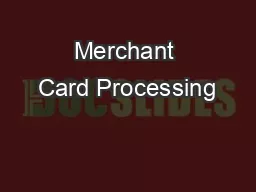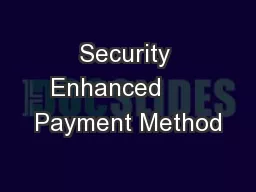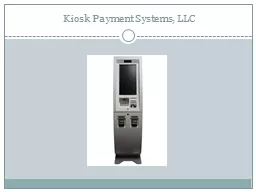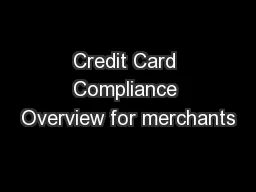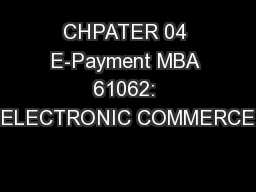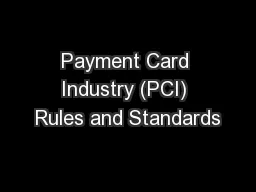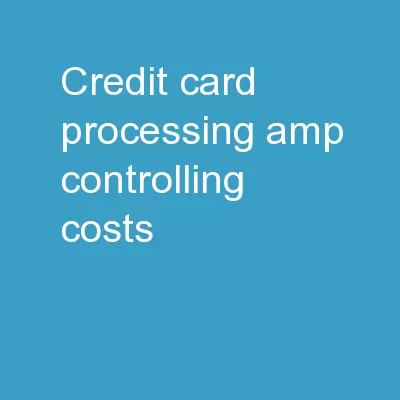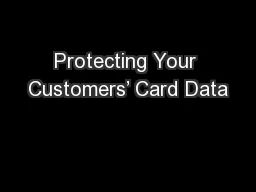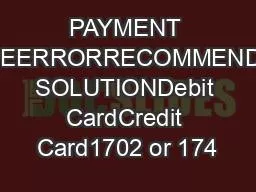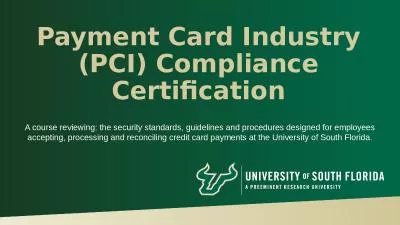PPT-Payment Card Industry Data Security Standards
Author : kittie-lecroy | Published Date : 2019-06-29
ISACA January 8 2013 IT Auditor at Cintas Corporation Internal Audit Department Internal Security Assessor ISA Certification September 2010 Annual recertification
Presentation Embed Code
Download Presentation
Download Presentation The PPT/PDF document "Payment Card Industry Data Security Stan..." is the property of its rightful owner. Permission is granted to download and print the materials on this website for personal, non-commercial use only, and to display it on your personal computer provided you do not modify the materials and that you retain all copyright notices contained in the materials. By downloading content from our website, you accept the terms of this agreement.
Payment Card Industry Data Security Standards: Transcript
Download Rules Of Document
"Payment Card Industry Data Security Standards"The content belongs to its owner. You may download and print it for personal use, without modification, and keep all copyright notices. By downloading, you agree to these terms.
Related Documents


